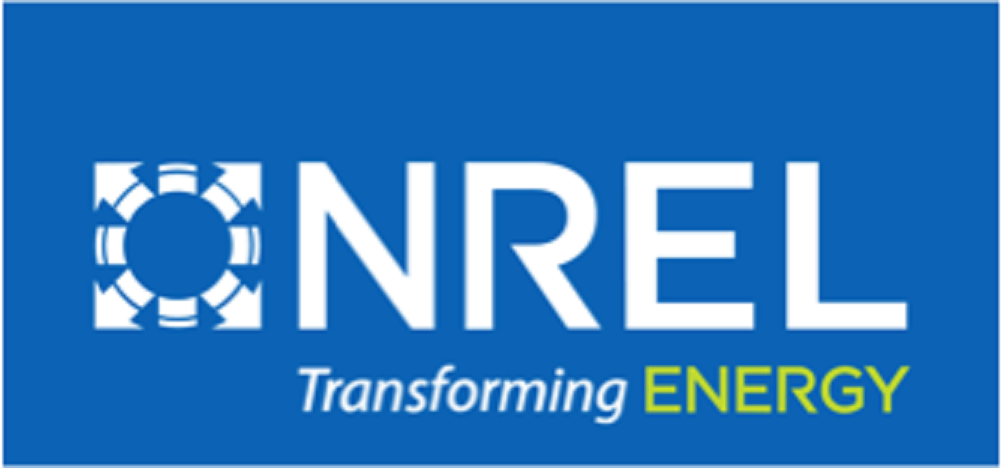NREL: American-Made Solar Prize Round 4 Winners Move Quickly From Ideas to Prototypes
Solar entrepreneurs face many challenges getting their ideas and products to market. Funding is always an issue, as is raising the company’s profile to garner attention in an often loud and large field of competitors.
Established in early 2018, the American-Made Solar Prize addresses these obstacles as well as a number of less obvious stumbling blocks. This multimillion-dollar competition focuses on encouraging solar innovation and revitalizing solar manufacturing in the United States.
On Sept. 16, the U.S Department of Energy (DOE) announced the winners of the fourth round of the Solar Prize. AeroShield Materials from Boston, Massachusetts, and the r&d lab from Petaluma, California, each received $500,000 to continue developing and commercializing their products and an additional $75,000 in vouchers redeemable for technical support at DOE’s 17 national laboratories as well as other facilities in the American-Made Network.
Funded by DOE’s Solar Energy Technologies Office, the program comprises two parallel and integrated features—the Ready! Set! Go! Contests and the American-Made Network. As participants move through Ready! Set! Go!, they receive financial support and other valuable resources at each step, which helped AeroShield Materials and the r&d lab get from ideas to product prototypes in just over a year.
AeroShield Materials—New Uses for an Old Technology
When AeroShield started the Solar Prize competition, the company was a team of three that had just spun out of the Massachusetts Institute of Technology (MIT). They were familiar with aerogel, a substance nearly 100 years old that was first commercialized in the 1950s. Aerogels are porous, lightweight, low-density substances that are among the best insulators available.
AeroShield Materials’ co-founder and chief executive officer (CEO), Elise Strobach, and her MIT colleagues found a way to engineer the aerogel nanostructure so that it is clear rather than its typically “smoky” appearance. Once they produced the new transparent aerogel, Strobach used it to develop a solar thermal application as part of her Ph.D. work at MIT.
“We actually found a way to engineer this nanostructure to allow it to be super clear, so now you have something that lets solar energy in and is super-insulating, so it keeps all that heat stored where we want it,” Strobach said.
When Strobach and her co-founders, Aaron Baskerville-Bridges and Kyle Wilke, started working with this material as a solution for utility-scale generation, they were not sure about its commercial prospects. She credits the Solar Prize process for helping them see its potential.
The competition pushed the team to produce a prototype of a flat-plate solar thermal collector system that operates at more than 120ºC with efficiencies greater than 45%. The transparent aerogel insulation enables this performance, minimizes heat loss, and reduces cost.
“Something really unique about the Solar Prize is that it let us focus on trying to get to a product,” Wilke said. “I don’t think we would have had the resources to do that without a mechanism like the Solar Prize.”
The r&d lab—Making Every Roof a (Beautiful) Solar Roof
The r&d lab is a family affair. Brian Atchley, co-founder and CEO, and Amy Atchley, co-founder and chief operating officer, formed the company to design a metal residential roofing product to make solar roofs more aesthetically pleasing. Their roofing material matches the color of the solar panels, increases the speed of installation, and matches the lifespans of the solar and roof components.
Brian has been in solar since 2005 and has worked on everything from solar manufacturing equipment at Evergreen Solar to roofing materials at Tesla. Amy is a former teacher, but, at the onset of the COVID-19 pandemic, she and Brian decided to start their own company. Ian Crecelius, certification and reliability specialist, and Kyle Tripp, mechanical design engineer, round out the core team. Their winning idea goes way beyond making solar roofs more attractive, though.
“I’d like the impact to be that every time a roof is sold, solar is offered,” Brian said. “More than 5 million houses get new roofs each year, but only 300,000 or 400,000 get solar.”
When Amy and Brian applied for the Solar Prize, they had an idea, a few computer-aided design models, and not much focus. The Solar Prize structure and process helped them develop the concept and refine their story.
As the Go! Contest deadline approached, the Atchleys moved to a prototype shop and outdoor demonstration space where they could do live roof testing. They also identified three suppliers who could make the prototype, one of whom could make it at a competitive price.
“The Go! Contest made us go fast,” Brian said. “The result is that we got great prototypes that can help us scale to the next level.”
The Solar Prize challenges teams to adhere to a condensed timeline and refine their ideas within a structure designed for success. AeroShield Materials and the r&d lab used the prize’s technical, financial, and outreach resources to go from nascent ideas to product prototypes more quickly and efficiently than they imagined was possible.

